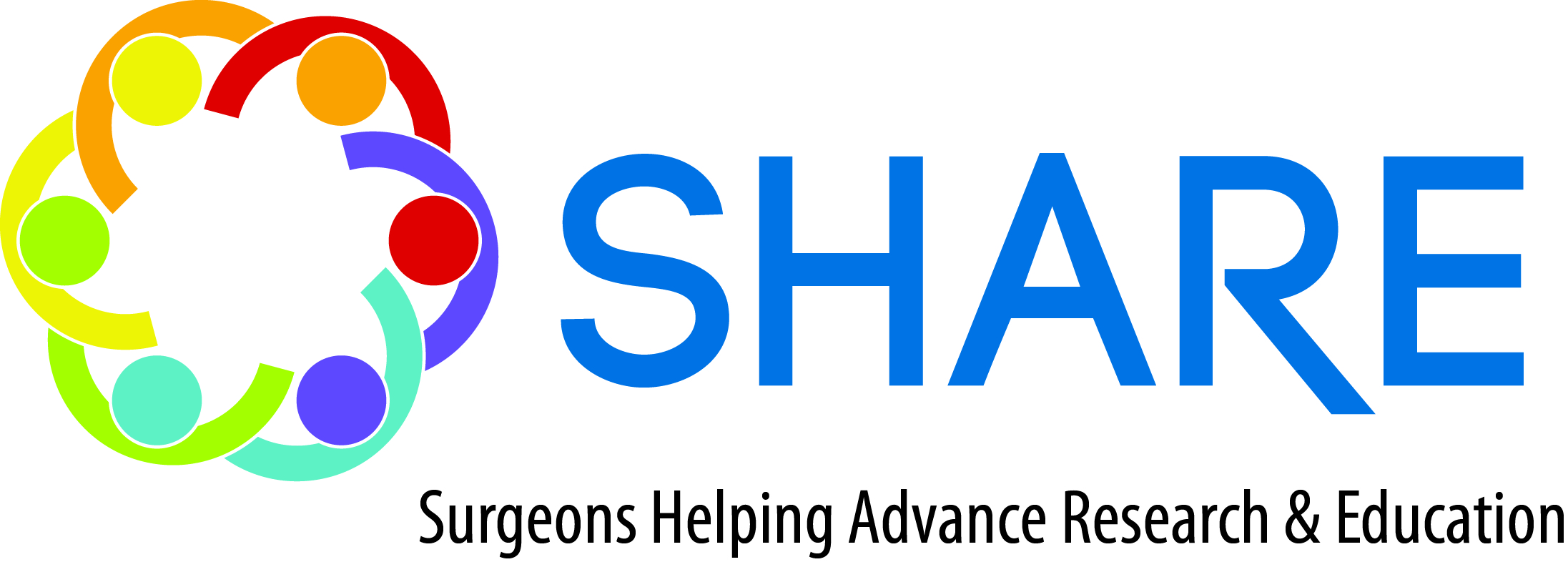- Home
- About
- Education
- Upcoming SGS Meetings
- Patient Resources
- Past Scientific Programs and Abstracts
- Past Social Media Committee Workshop Presentations
- 2023 Social Media Committee Workshop Presentation
- 2022 Social Media Committee Workshop Presentation
- 2021 Social Media Committee Workshop Presentation
- 2019 Social Media Committee Workshop Presentation
- 2018 Social Media Committee Workshop Presentations
- 2017 Social Media Committee Workshop Presentations
- 2016 Social Media Committee Workshop Presentations
- Simulation Advisory Service
- SGS Scalpel Sessions
- Video Library
- Webinars
- Research
- Membership
- Mentorship
- Donate
- Events
- Contact
|
AUGS-SGS Group Projects Currently Recruiting New Sites Please email the respective fellows if you are interested in becoming involved
Ongoing studies that are no longer actively recruiting sites:
Other Non-FPMRS Projects Currently Recruiting New Sites Title: Social media use in women with pelvic pain: a multicenter patient survey 1. Primary outcome: proportion of subjects who use social media to learn about or manage their gynecologic condition that is associated with pain.
2. Secondary outcome: proportion of subjects who use the internet to learn about or manage their gynecologic condition that is associated with pain.
3. Tertiary outcomes: determine if there are associations between:
a) degree of bother and frequency and/or duration of engagement in social networking related to their condition;
b) degree of bother and the degree to which patients engage in social networking related to their condition (with a consumer being at the lowest level of engagement and entrepreneur the highest);
c) relative trust in peers, family, and medical professionals and degree of engagement in social networking sites related to their condition.
Title: Outcomes after uterine artery embolization and other treatment modalities for uterine arteriovenous malformation 1. Primary outcome: risk of repeat intervention after having primary UAE vs other treatment modality for management of uterine AVM 2. Secondary outcomes:|
Title: Impact of surgeon training on myomectomy route and outcomes: A multicenter review from the Minimally Invasive Gynecologic Surgery Fellows’ Pelvic Research Network Additional sites: Role of satellite site investigators: perform a chart review of women who had a myomectomy between July 1, 2016 through July 30, 2017 1. Primary outcome: rate of laparoscopic and abdominal myomectomy 2. Secondary outcomes: preoperative and peri-operative parameters
Title: Essure Removal for the Treatment of Device-Attributed Symptoms: A Multi-site Prospective Cohort Study JAB: Patty Mattingly, MD Additional sites: Vanderbilt University Status: Recruiting patients at primary site, recruiting additional sites 1. Primary outcome: Symptom and quality of life change scores pre and post-procedure 2. Secondary outcome: Surgical outcomes
Title: Sexual function and satisfaction after hysterectomy in women who have sex with women 1. Primary outcome: To evaluate sexual function and satisfaction pre and post hysterectomy in women who have sex with women utilizing Female Sexual Function Index scores, Index of Sexual life scores, and Sexual Practice Survey and Satisfaction scores. 2. Secondary outcome: To compare to a heterosexual cohort. 3. Tertiary outcomes: Determine if the following factors affect outcome: a) Ovarian retention vs oophorectomy b) Premenopausal vs postmenopausal |




